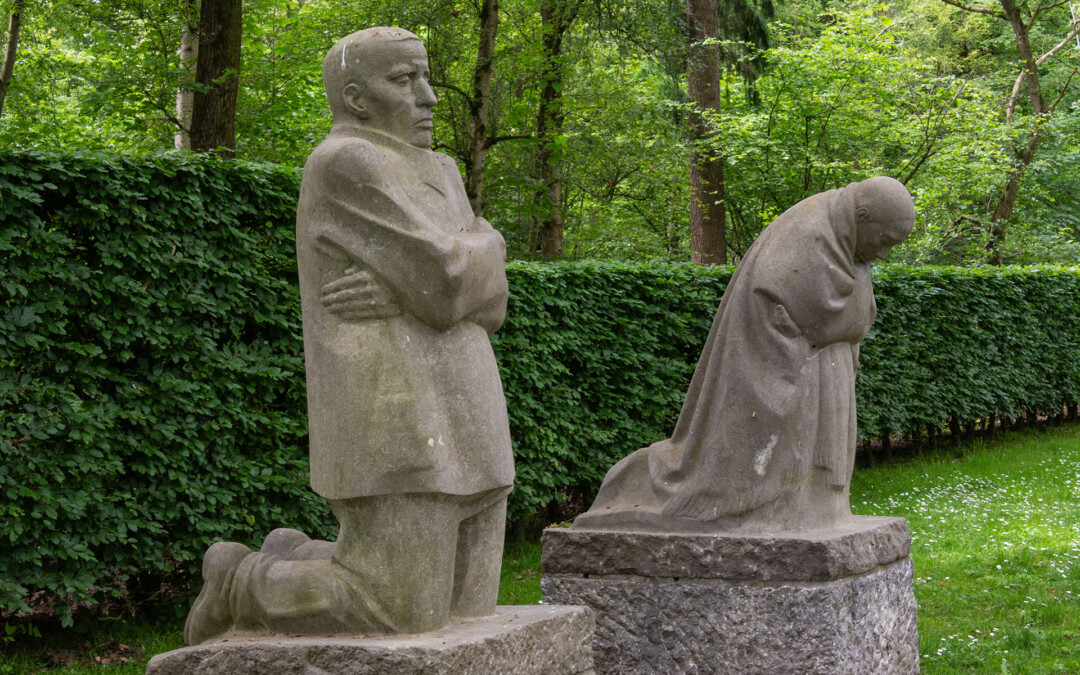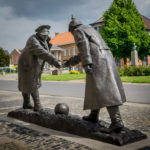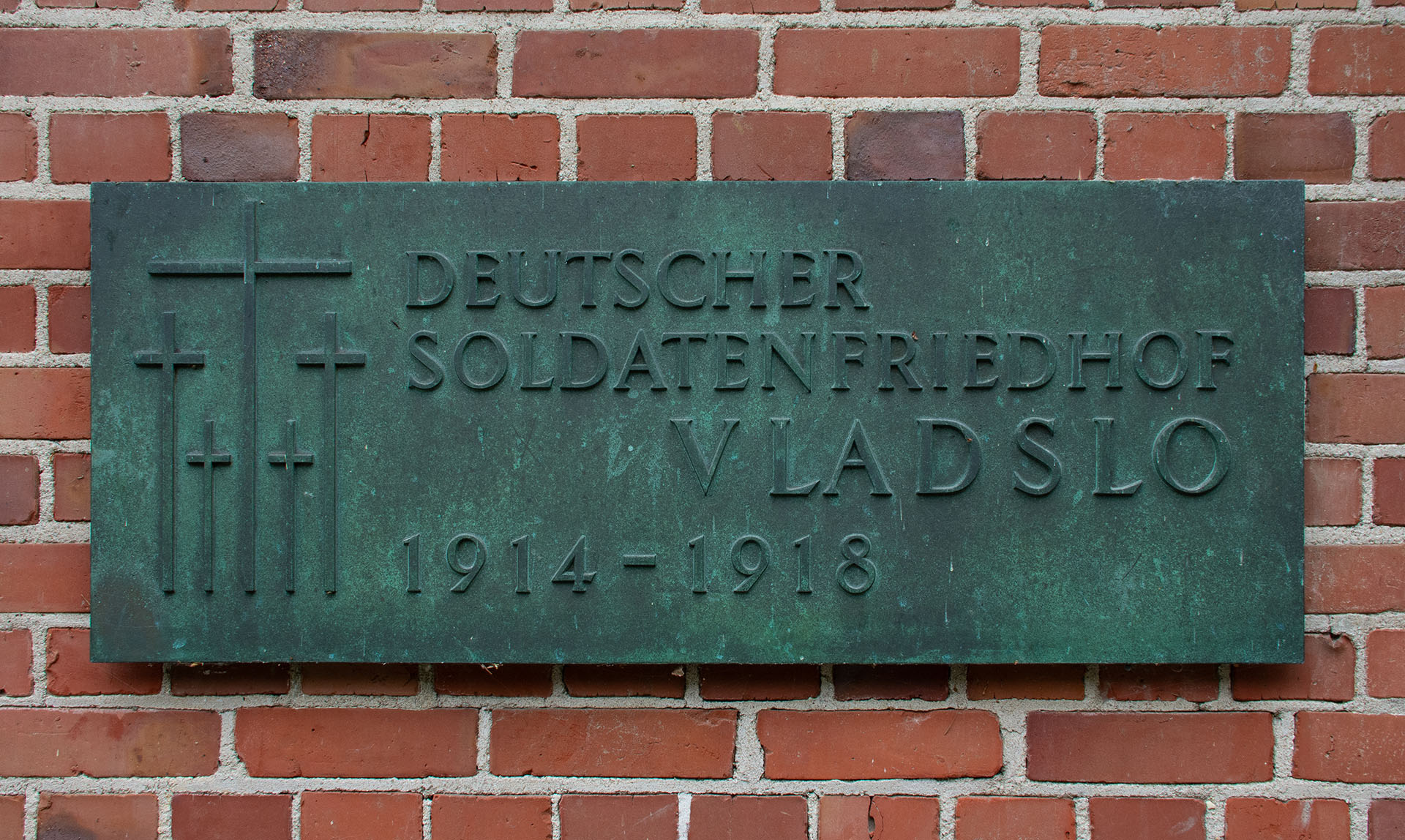
Vladslo German Cemetery, near Diksmuide, Belgium
Vladslo – a German Cemetery on the Western Front
Lying a short distance north-east of Diksmuide, a town set in the midst of ‘Flanders Fields’, is the German cemetery of Vladslo. Here, more than 25,000 German soldiers killed in the Great War (WW1) are buried. Among the many graves of young men who died nearby on the Western Front, I sought out ‘The Grieving Parents’, a sculpture by the brilliant German artist Käthe Kollwitz. Studying the figures, I decided that this should be one of my sketches from my travels along the Western Front.
Born in 1867 in Königsberg in Prussia, a city that is now in Russia and known as Kaliningrad, Käthe’s life story is fascinating, personally, professionally, and politically. But here, I will focus on just one episode as background to the Vladslo sculpture.
The sad tale of Peter Kollwitz
Käthe and her doctor husband Karl had two sons. When war broke out and the older Hans joined up, his younger brother Peter asked his father for the signed parental permission required as he was below the age for volunteering. Karl was reluctant, but Käthe persuaded him.
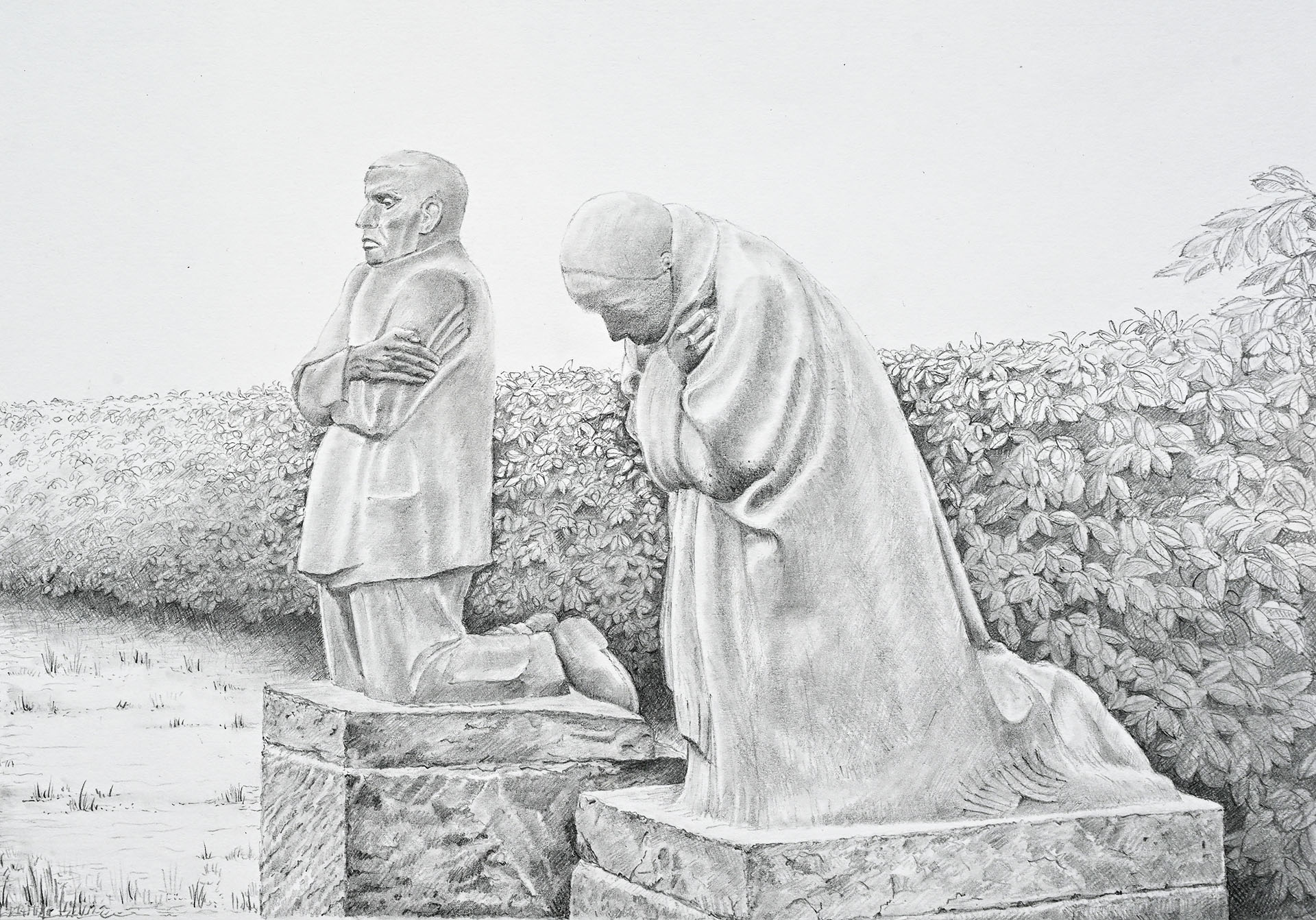
The ‘Grieving Parents’ by Käthe Kollwitz, at Vladslo German Cemetery near Diksmuide, Belgium. The sculpture is the artist’s memorial to their son Peter, who was killed near Langemark in 1914 © Nigel Bruce (2022)
Peter was killed aged 18 years on 23rd October 1914, at Esen, a few kilometres east of Diksmuide. Having initially been caught up in patriotic support, Käthe was now appalled by the war. Stricken with grief for her son, she decided to create a memorial which became the Grieving parents, completed in 1932.
My drawing
Here’s my drawing. I used graphite on cartridge paper. I spent many hours studying the expressions on Käthe’s and Karl’s faces, and the tension, anguish, and grief expressed in their postures.
Knowing the story of Peter’s fate made this especially poignant, indeed painful. It also brought greater depth to my understanding of their lives, and the artist’s mission.
This is how Käthe described what she sought to achieve with the sculpture:
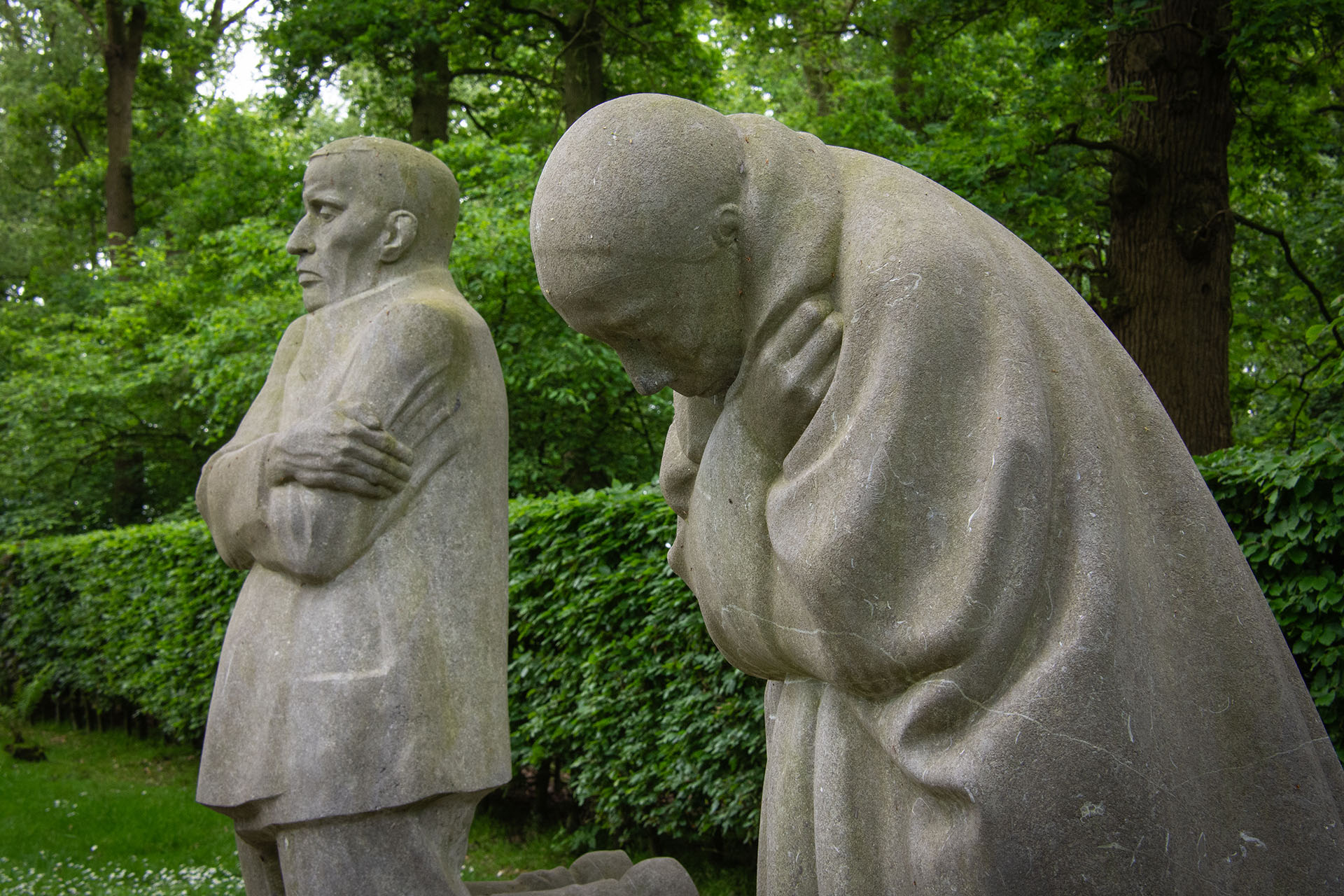
Detail of The Grieving Parents, by Käthe Kollwitz, Vladslo Cemetery, Belgium
“I have tried to put into them everything that has moved all of us who have bled under the war since it began.”
Käthe Kollwitz, letter to Ludwig Kaemmerer, 11 October 1932
Here, she is talking of her and Karl, Peter’s mother and father. A couple who could be the parents of any and all of the young men lost in the war. I often think about the symbolism of this memorial. It remembers a young German soldier, still a teenager, full of energy, hope, love, and opportunity, but killed in the Great War. It was created by a highly accomplished German artist, his mother, overcome with grief. It is located at Vladslo, a German cemetery in Belgium, a country invaded by Germany in August 1914. So much to take in.

Peter Kollwitz’s grave with the The Grieving Parents sculpture, by Käthe Kollwitz, Vladslo Cemetery
Another generation of grieving parents
In a tragic postscript, their elder son Hans survived the war, married an artist, and had a son named Peter who was to die on the Eastern Front in 1942, during the Second World War. Käthe lived through this second tragedy, dying in 1945. Karl, who died in 1940, was spared the death of his grandson.
Sitting beside that sculpture, thinking about the short life of the young man it remembers, and the parents lost in their grief, I found it hard to hold back tears. When you travel along the Western Front, this becomes the currency of the journey.
Note: This is the first in a series of short articles I am preparing about sketches I have done of memorials along the Western Front that are exceptional in terms of artistic quality, and also very powerful in respect of their symbolism for remembrance, peace, and reconciliation between former enemies. These sketches, and the stories they tell, are part of my journey of discovery along the Western Front.
Next: the Christmas Truce sculpture, created by Andrew Edwards, and located in the square at Messines, Belgium.
